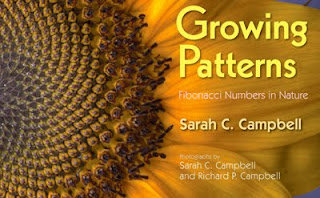Let’s talk about COMPOSITION! Yeah!
Have you ever noticed that some compositions feel awkward, while others just seem to flow? There are many strategies for creating interesting and easy-to-read compositions. In order to keep from writing a super long, rambling post, I’ll stick to discussing only one method for today. When a composition really isn’t working, sometimes I like to turn to math: the Golden Ratio.
The Golden Ratio is a geometric relationship that you probably learned about in high school, where the ratio of two quantities to each other is the same as the larger quantity’s ratio to the sum of the two quantities. That can sound a bit confusing when you write it out in English words, but it’s actually incredibly simple when you see it drawn. I’ll refer you to this informative Ted Talk about Fibonacci numbers. If you create a sequence of boxes using the Golden ratio, you get a spiral:

Image via the Wikimedia Commons
The Golden Ratio/Golden Spiral is ubiquitous in nature: it shows up in sunflowers, shells, the shape of your ears, the proportions of your body, and the form of galaxies and hurricanes. I could go on and on. The Golden Spiral also happens be a handy tool for creating interesting compositions. Sometimes all it takes are a few tweaks–moving something to the left, lining a few key elements up, to take your composition from “meh” to “aah.” This isn’t a new concept. Artists have been using the golden ratio pretty much ever since it was discovered.

As much fun as I have playing with the composition of my illustrations, I also have to remember that each image is NOT a work of art in and of itself. The book needed to work as a whole, so it was also important to find harmony between the pages as well. This is where my editor and art director were invaluable, never losing sight of the project in its entirety, and keeping me from getting too attached to compositions that were not quite right for the flow of the story. (And also making sure I kept enough space for the text to be placed.) I made several physical dummy books myself so that I could experience the page turn and see the images together in sequence.
If you have another favorite method for finding interesting compositions, I want to hear! Let me know in the comments.
Coming up next: The Devil’s in the Details
Other posts in the series:
- Part 1 – Getting Started
- Part 2 – Finding Harmony
- Part 3 – Devil’s in the Details
- Part 4 – Adding the Magic
- Part 5 – Painting with Guts








Very Well Said :) Total credits to Admin :)
Thanks for sharing :)
Check out my ωеblоg ... payday loans
Also visit my blog post ; payday loans